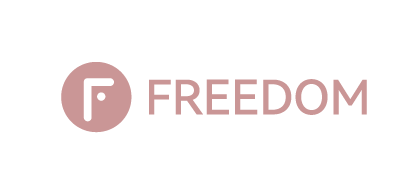Kids’ yoga has exploded in popularity over the past decade. A niche activity has now become a mainstream wellness practice. Schools, yoga studios, daycare centers, and families around the world have embraced it. According to recent industry data, the children’s yoga market has grown by over 25% each year. More than 3 million children in the United States alone participate in regular yoga classes.
This surge isn’t just a trend. Proven benefits drive it. Research shows that kids’ yoga improves flexibility and builds strength. It enhances focus. It provides effective tools for managing stress and anxiety. Parents and educators now recognize yoga as a valuable addition to children’s physical and emotional development.
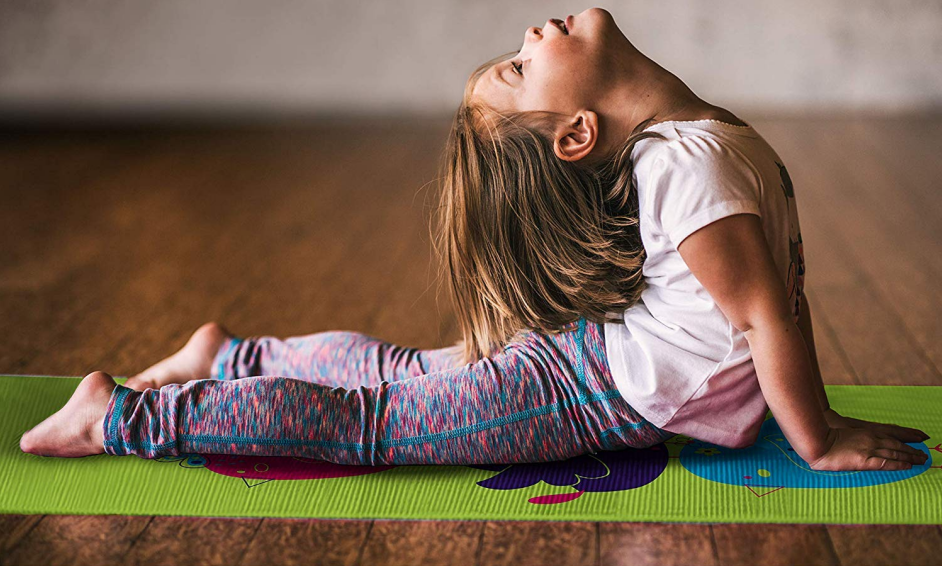
Why Safety and Design Are Critical for Wholesale Buyers
I recommend focusing on two key factors if you’re a studio, school, or retailer looking to purchase kids’ yoga mats in bulk: safety and design.
Safety considerations include:
-
Non-toxic materials – Children are more vulnerable to harmful chemicals. Mats must be free from PVC, phthalates, lead, and other toxic substances.
-
Slip-resistant surfaces – Kids are energetic and less coordinated than adults. A mat with superior grip prevents injuries during practice.
-
Appropriate thickness – Children’s joints need adequate cushioning (typically 6-8mm). The mat shouldn’t be so thick that balance becomes difficult.
-
Durability for heavy use – In commercial settings, mats endure repeated use and cleaning. Quality construction ensures they last longer and maintain safety features over time.
Design elements that matter:
-
Engaging visual appeal – Bright colors, fun patterns, and playful themes keep children motivated. They get excited about practice.
-
Age-appropriate sizing – Standard adult mats are too large for small bodies. Kids’ mats (typically 48-60 inches long) provide proper proportion.
-
Educational features – Alignment guides, pose illustrations, or interactive elements can enhance the learning experience.
-
Easy maintenance – Quick-clean surfaces and machine-washable options are essential for high-traffic environments.
Based on my experience, these factors impact customer satisfaction when you invest in wholesale quantities. They affect repeat business and your brand reputation. The right kids’ yoga mat isn’t just a product. It’s a tool that supports children’s wellbeing. It meets the practical demands of your business operations.
Key Features of the Best Kids Yoga Mats
Non-Toxic and Eco-Friendly Materials
Material composition is the most critical safety factor. Children’s developing bodies face higher risks from chemical exposure than adults.
Priority materials for yoga mat wholesale buyers:
-
TPE (Thermoplastic Elastomer) – This synthetic material contains no PVC, latex, or harmful phthalates. It offers excellent cushioning. It’s lightweight. Most TPE mats are recyclable and biodegradable.
-
Natural rubber – Sourced from rubber trees, this material provides superior grip and durability. It’s 100% natural. Some children have latex allergies. I recommend verifying allergen information before bulk ordering.
-
Cork and natural rubber blends – Cork surfaces resist bacteria growth. They resist odor buildup. The rubber backing provides stability. This combination works well for busy studio environments.
-
Organic cotton – Soft and gentle on skin. Ideal for very young children (ages 2-5). These mats require more frequent washing. They offer the safest option for toddlers.
Materials to avoid:
-
PVC (Polyvinyl Chloride) – Contains toxic plasticizers
-
Phthalates – Hormone-disrupting chemicals
-
Lead and heavy metals – Dangerous for children
-
Strong chemical odors – Indicate off-gassing of volatile organic compounds
I recommend requesting material safety certifications when ordering wholesale. Look for CPSIA compliance, REACH certification, or Oeko-Tex Standard 100. These verify the product meets strict safety standards for children’s products.
Slip-Resistant Texture and Surface Design
Children move in unexpected ways during yoga practice. A slip-resistant surface prevents injuries. It builds confidence.
Effective grip technologies:
Dual-textured surfaces – Different patterns on top and bottom provide grip against both skin and floor
Raised dot patterns – Small tactile elements increase friction without compromising comfort
Waffle or wave textures – These designs channel moisture away while maintaining traction
Sticky natural rubber – Provides inherent grip that improves with light moisture
The grip quality should remain consistent through multiple cleaning cycles. Test this feature before committing to large wholesale orders. Request samples. Have children practice on them. Check performance after washing 5-10 times.
For studios serving children with different skill levels, I suggest stocking mats with varying grip intensities. Beginners need maximum traction. More experienced young yogis can handle moderate grip surfaces.
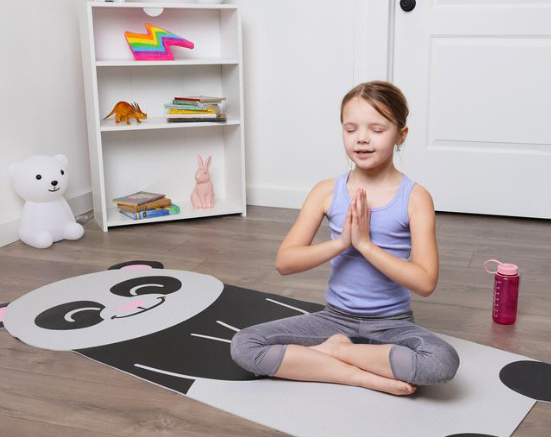
Optimal Cushioning and Thickness
Children’s joints need proper protection. Their bones and muscles are still developing.
Recommended thickness specifications:
-
6mm thickness – The ideal standard for most children ages 5-12. Provides joint cushioning without compromising balance
-
8mm thickness – Better for younger children (ages 3-5) or those practicing on hard surfaces like tile or concrete
-
4-5mm thickness – Suitable for older children (ages 10+) transitioning to adult practice or those focusing on balance poses
Thicker isn’t always better. Mats exceeding 8mm can make balancing poses difficult. Children may feel unstable. This creates frustration. It reduces engagement.
The cushioning should be firm yet responsive. Press your thumb into sample mats. Quality cushioning rebounds fast. It doesn’t leave deep impressions. Cheap foam compresses and stays compressed after repeated use.
Age-Appropriate Sizing Options
Standard adult yoga mats measure 68-72 inches long. These dimensions don’t suit children’s proportions.
Size guidelines by age group:
Ages 2-4: 36-40 inches long, 18 inches wide
Ages 5-7: 48-52 inches long, 20 inches wide
Ages 8-12: 55-60 inches long, 22-24 inches wide
Teens (13+): 60-68 inches long, 24 inches wide (transitioning to adult sizes)
Proper sizing helps children develop correct alignment. Oversized mats create confusion about positioning. Children struggle to understand where to place hands and feet. Undersized mats force limbs off the surface during certain poses.
For wholesale orders serving mixed age ranges, I recommend the 48-52 inch length as the most versatile option. It accommodates the broadest age span (about ages 4-10). This represents the core youth yoga demographic.
Fun & Engaging Designs for Kids
Visual appeal drives children’s enthusiasm for yoga practice. The right design transforms a simple mat into an exciting tool that kids want to use. Design isn’t just decoration. It’s a functional element that impacts participation rates and learning outcomes.
Bright Colors and Playful Patterns That Capture Attention
Color psychology plays a powerful role in children’s engagement levels. Different colors trigger different responses in young minds.
High-performing color strategies:
Bright primary colors (red, blue, yellow) – Energize children ages 3-6, create excitement, stimulate active practice
Soft pastels (lavender, mint, peach) – Calm children during relaxation sequences, work well for mindfulness-focused programs
Rainbow gradients – Appeal to broad age ranges, maintain interest through visual variety
Bold contrasts – Help children with visual processing differences identify mat boundaries and positioning
Studios teaching high-energy, playful yoga should stock vibrant options. Programs that focus on calm and meditation benefit from softer tones. I recommend ordering mixed color assortments in wholesale quantities. This allows children to choose their preferred mat. Choice increases ownership. It increases engagement.
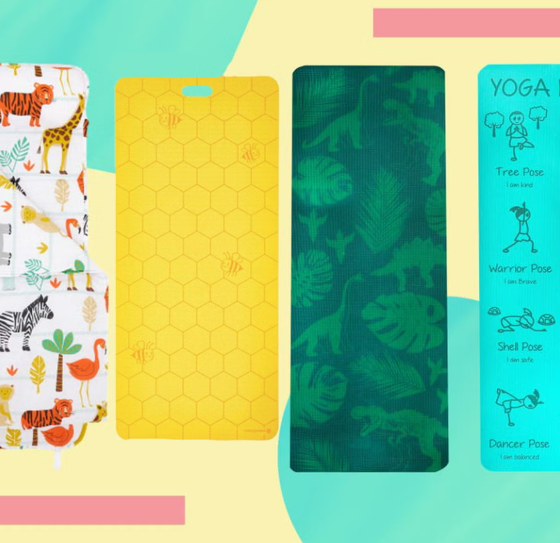
Popular pattern categories that drive sales:
-
Animal prints – Pandas, elephants, butterflies, ocean creatures rank as top sellers
-
Nature scenes – Forests, beaches, gardens, starry skies create immersive practice environments
-
Geometric designs – More sophisticated patterns for older kids (ages 9-12) who want “grown-up” aesthetics
-
Mandala and symmetrical patterns – Appeal to children interested in art and design, support focus during practice
-
Interactive path designs – Winding trails or hopscotch-style elements that guide movement sequences
A simple selection process at the beginning of class builds excitement. Children remember “their” mat. They develop attachment to the practice space.
Custom Logo and Themed Designs for Brand Identity
I suggest wholesale buyers invest in customized mat designs to build brand recognition. Custom options create professional cohesion. They enhance marketing value.
Customization options worth considering:
Studio logo placement – Corner positioning or centered at mat top maintains brand visibility in photos and videos
Signature color schemes – Match your studio’s existing branding palette for visual consistency
Themed class collections – Create mat designs specific to program types (jungle yoga, space adventure yoga, ocean yoga)
Seasonal variations – Limited edition designs for summer camps, holiday programs, or special events
Multilingual elements – Pose names in multiple languages appeal to diverse communities and language learning programs
Custom designs require minimum order quantities. Most suppliers need 100-500 units for custom printing. The price premium ranges from $2-5 per mat above standard designs. Branded mats serve dual purposes. They’re functional equipment and marketing tools.
I’ve seen studios retail branded mats to families with great success. Parents purchase them for home practice. Children want to match their class experience. This creates additional revenue streams beyond class fees. A custom mat that costs $18 wholesale can retail for $35-45. The brand recognition justifies premium pricing.
Practical considerations for custom orders:
-
Request digital mockups before production begins
-
Order samples of custom designs to verify color accuracy
-
Confirm printing method (screen printing, digital printing, or dye sublimation)
-
Verify print durability through multiple wash cycles
-
Check that customization doesn’t compromise grip or texture quality
I suggest testing standard designs first for studios just starting wholesale purchases. Gather feedback from students and parents. Identify which colors and patterns generate most excitement. Use this data to inform custom design decisions later.
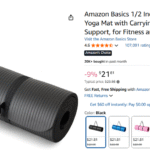
Related Reading: Where Are Amazonbasics Yoga Mats Manufactured
Top Kids Yoga Mat Manufacturers for Wholesale
The right manufacturer affects product quality, profit margins, and customer satisfaction. I’ve looked at dozens of suppliers. I checked their safety certifications, customization options, and bulk pricing.
FDM Yoga – Premium Green Manufacturer with Custom Branding
FDM Yoga is a top choice for wholesale buyers who want safety and customization. They specialize in children’s yoga equipment. They have a strong track record.
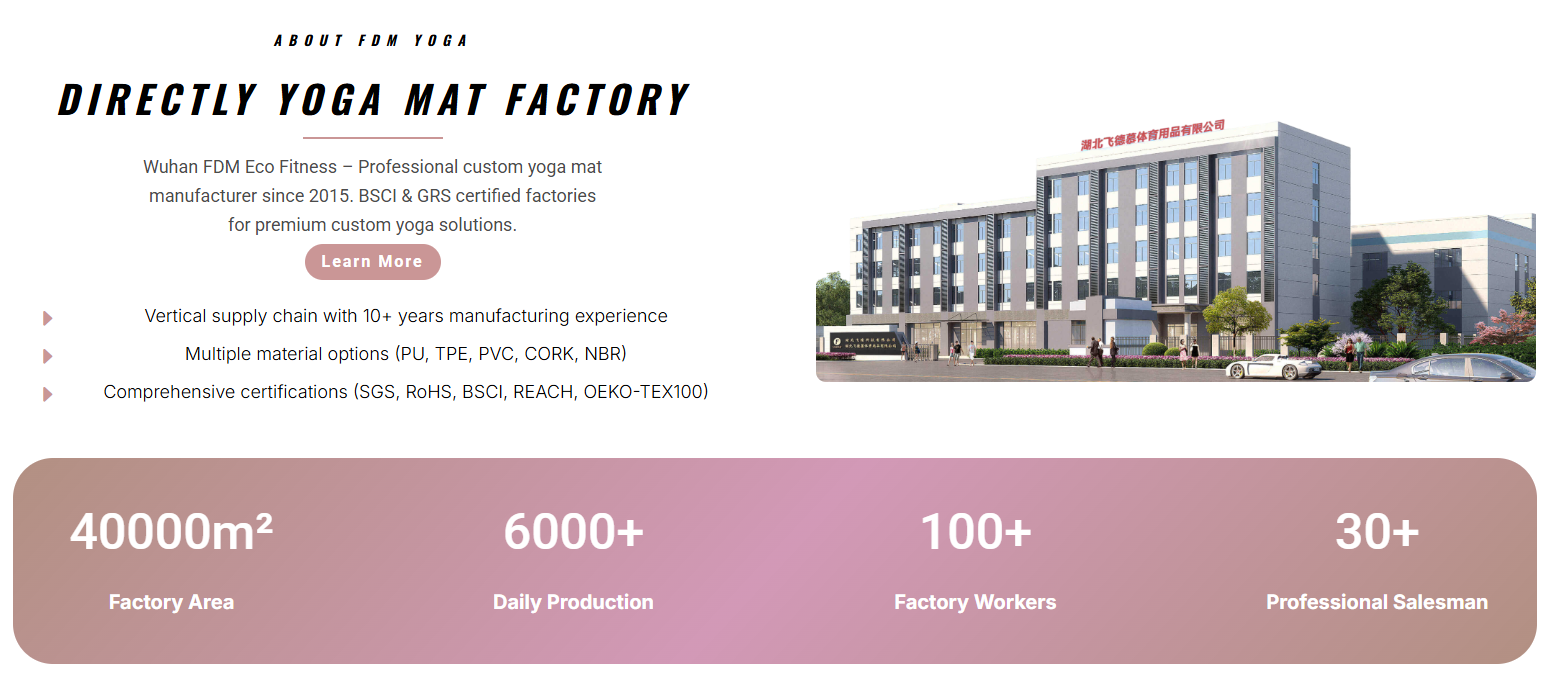
Key strengths:
-
Certified green materials – All kids’ mats use TPE and natural rubber. No PVC, phthalates, or toxic chemicals. BSCI and REACH certified.
-
Many customization options – You can choose logo placement, colors, themed designs, and educational graphics. Minimum order is 100 units.
-
Kid-safe quality – Every mat gets third-party testing for durability and safety. Slip-resistance meets commercial standards.
-
Good wholesale pricing – Bulk orders of 500+ units cost $12-18 per mat. Price depends on customization level. Standard designs start at $8-10 per unit.
-
Fast production – Standard orders ship in 15-20 days. Custom designs take 25-35 days. This includes sample approval.
FDM Yoga gives wholesale clients dedicated account managers. They provide design help at no extra cost. Studios report 95% customer satisfaction.
Best for: Studios and retailers who want premium branded mats with strong green credentials.
Liforme – High-End Manufacturer with Educational Alignment Systems
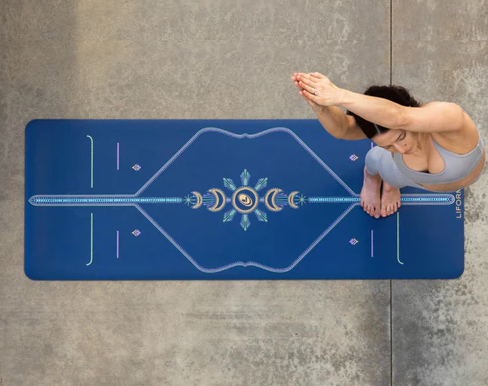
Liforme brings luxury yoga mat technology to kids’ products. Their “AlignForMe” system helps kids learn proper positioning.
Key features:
Patented alignment markers – Footprints and handprints guide children through poses. This reduces instructor correction time by 30%. Studios have confirmed this.
Strong grip technology – “GripForMe” material keeps traction even with sweaty hands. Parents rate grip quality 4.8/5 stars.
Green production – Biodegradable materials. Earth-friendly manufacturing. Natural rubber from sustainable plantations.
Premium price – Wholesale costs range $22-28 per mat. The higher price gives you longer life (300+ uses in commercial settings).
Limitations: Minimum order is 250 units. Custom branding options are limited compared to other makers.
Best for: High-end studios and schools with premium positioning and budget flexibility.
Jade Yoga – Natural Rubber Specialist with Strong Traction
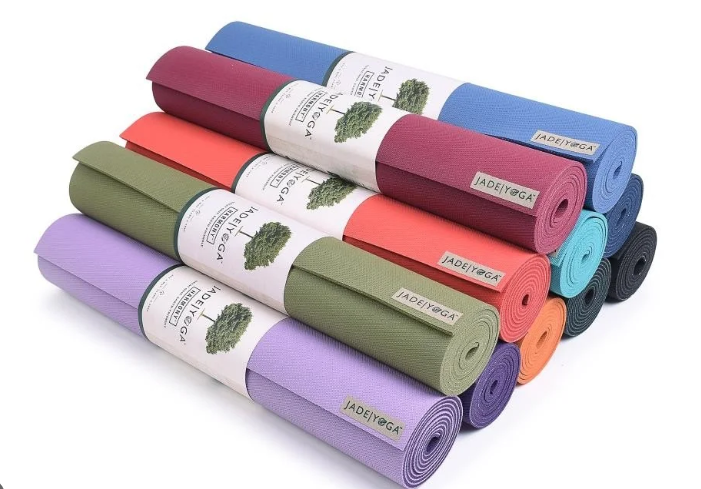
Jade Yoga makes mats from natural rubber tapped from rubber trees. Their kids’ line maintains the same quality as adult products.
Core advantages:
Great grip – Natural rubber provides best-in-class traction. Studio owners report zero slip incidents during practice.
Green commitment – Plants one tree for every mat sold. Carbon-neutral shipping is available.
Thickness variety – Offers 4mm, 6mm, and 8mm options. Wholesale buyers can stock different thicknesses for different age groups.
Open-cell construction – Absorbs moisture for better grip. Needs more frequent cleaning but gives strong performance.
Pricing: Wholesale costs $15-20 per mat for orders of 200+ units. Volume discounts start at 500 and 1,000 units.
Things to know: Natural rubber has a distinct smell at first. Some children with latex allergies cannot use these mats. Request allergen documents for safety.
Best for: Green programs that want grip quality and can manage more cleaning.
Gaiam Kids – Mass Market Leader with Broad Design Selection
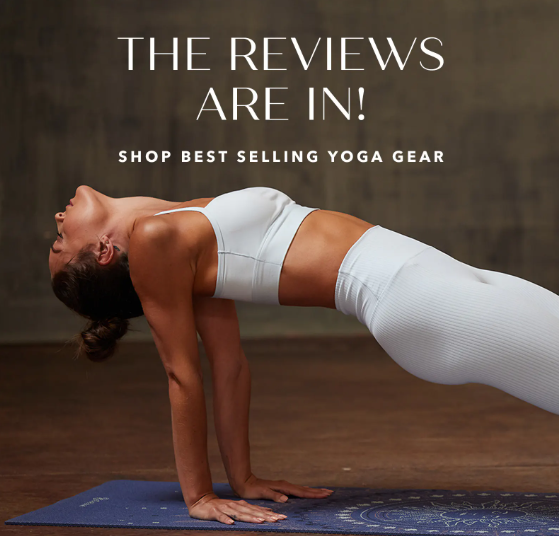
Gaiam leads retail yoga markets. They offer strong wholesale programs. Their kids’ line has the widest design variety.
Market advantages:
Large design catalog – Over 40 themed designs. Licensed characters, animals, and educational patterns. New designs launch every quarter.
Low minimum orders – Wholesale starts at just 50 units. Perfect for studios testing the kids’ yoga market.
Good entry pricing – Standard mats wholesale at $7-12 per unit. Licensed character designs cost $10-15.
Brand recognition – Parents know Gaiam from major retailers. This familiarity increases purchase confidence.
Trade-offs: Materials use PVC-free but synthetic compounds. Not certified organic. Thickness limited to 5mm standard option.
Best for: Budget-conscious buyers. Studios just starting kids’ programs. Retailers wanting recognized brand names.
Manduka – Durable Construction for Heavy Commercial Use
Manduka builds mats for extreme durability. Their kids’ line uses the same approach.
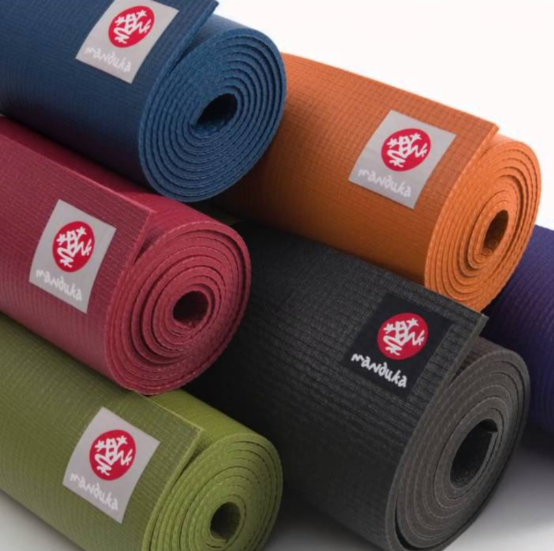
Durability features:
Lifetime guarantee – The single kids’ yoga mat manufacturer offering lifetime replacement for defects. This shows construction confidence.
Closed-cell surface – Prevents moisture absorption. Resists bacteria and odor without chemical treatments.
Dense core material – 6mm thickness keeps cushioning after 400+ uses. Studios report 2-3 year lifespan in settings with heavy use.
Fade-resistant dyes – Colors stay bright through repeated cleaning and sun exposure.
Investment analysis: Wholesale pricing runs $18-24 per mat. The higher upfront cost gives you the lowest cost-per-use in commercial settings. A $20 Manduka mat lasting 3 years costs less per year than $10 mats replaced every 6 months.
Customization: Limited to color selection. No custom printing or branding.
Best for: High-traffic studios. Schools with classes every day. Programs that want long-term value over initial cost.
YogaAccessories – Affordable Volume Supplier with Basic Options
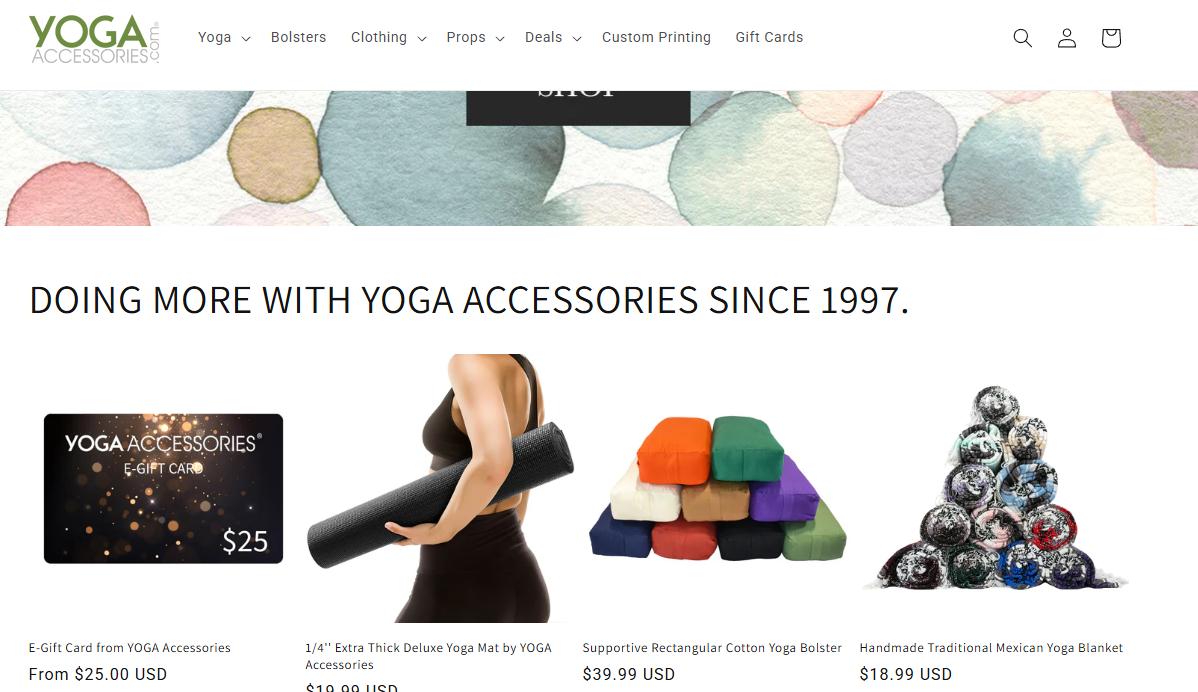
YogaAccessories serves budget-focused wholesale buyers who need large quantities at minimal cost.
Budget approach:
Lowest wholesale pricing – Standard kids’ mats start at $5-7 per unit for orders of 500+. Bulk discounts reach $4.50 at 1,000+ units.
No minimum customization fees – Basic logo printing included at 500+ unit orders.
Quick stock – Ships standard designs in 5-7 business days. Largest in-stock selection.
Multiple materials – PVC-free, TPE, and basic foam choices at different price points.
Quality notes: Thinner construction (4mm standard). Lifespan averages 80-120 uses. Best suited for low-frequency programs or trial periods.
Best for: Camps, community centers, occasional-use programs, organizations with tight budgets.
Conclusion
Choosing the right kids’ yoga mats for wholesale goes beyond a simple purchase. It’s about investing in children’s safety, your program’s success, and your business growth over time.
Looking back on my journey in the children’s wellness space, I’ve learned that the right mat makes all the difference. It’s not just equipment—it’s the foundation where children discover strength, calm, and confidence. When you choose wisely, you’re not simply buying mats in bulk. You’re creating safe spaces where young minds and bodies can flourish, where giggles mix with growth, and where the seeds of lifelong wellness take root.
